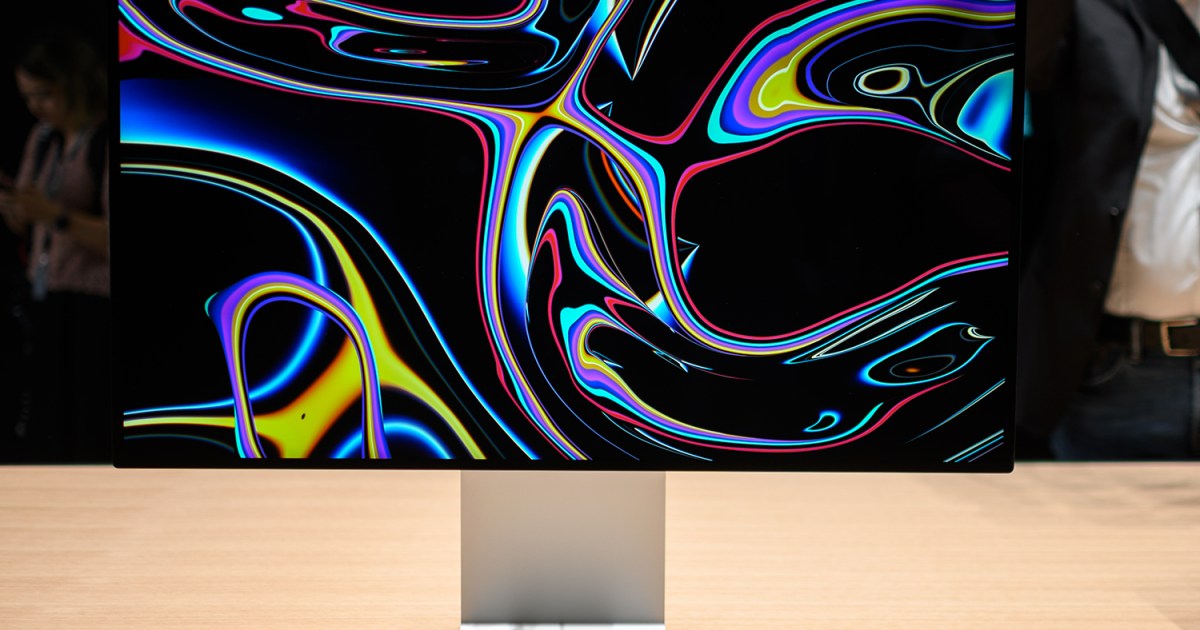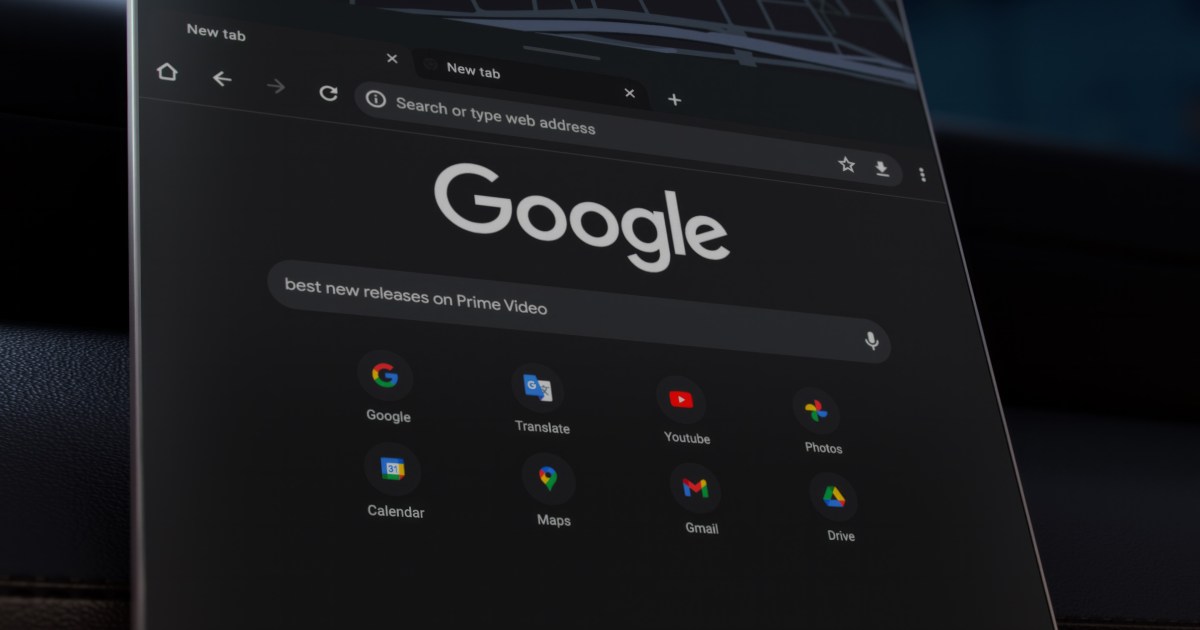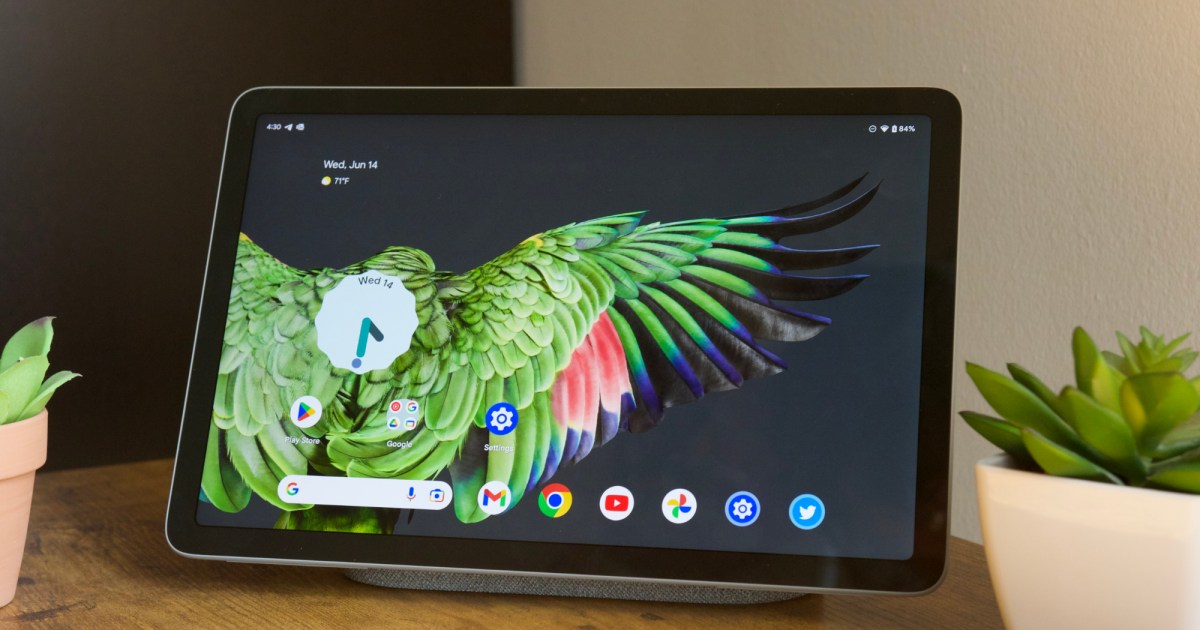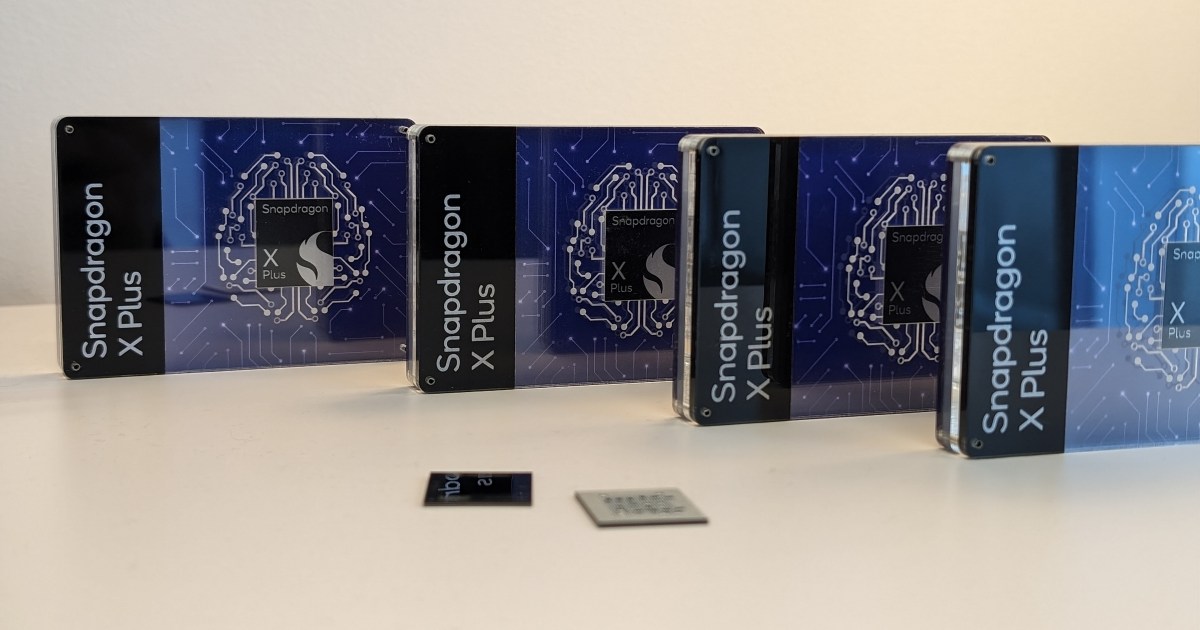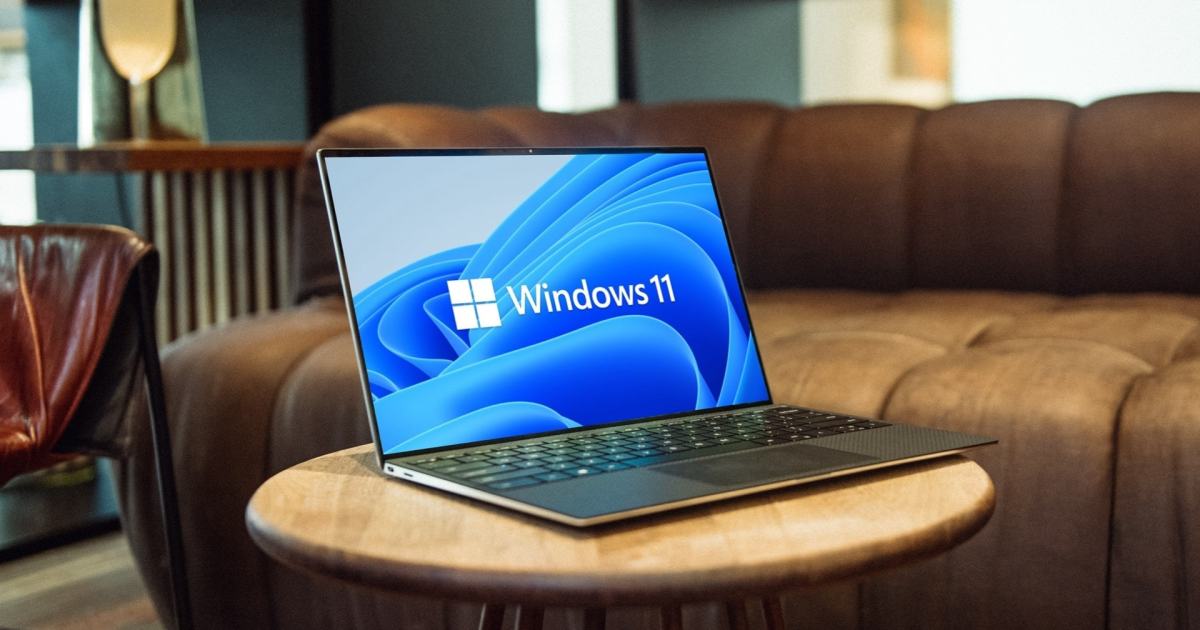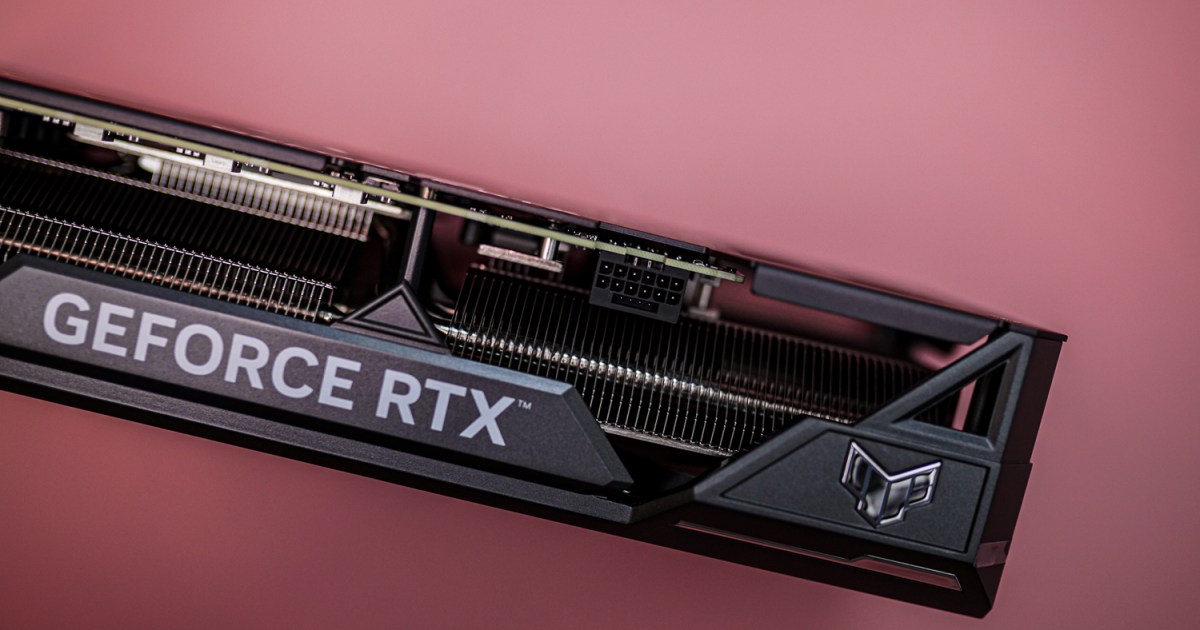Apple’s M4 MacBook Pros have quietly adopted quantum dot technology for their displays, marking a significant shift for the company. This information comes from Ross Young, CEO of Display Supply Chain Consultants, who confirmed the change through spectrometer analysis of the new laptops. Now, Young predicts the upcoming Pro Display XDR 2 will also utilize this technology.
Quantum Dots Enhance MacBook Pro Displays
Apple’s transition from KSF (Korean Standard Film) to quantum dot technology wasn’t publicly announced. However, Young highlights that using a quantum dot film in an LED display can deliver comparable or superior color accuracy and enhanced motion performance. For those curious about the mechanics of QLED technology, numerous resources are available online. Young’s tweet from November 14, 2024, confirms the M4 MacBook Pros use a quantum dot film instead of the traditional red KSF phosphor film.
Cadmium-Free Quantum Dots Pave the Way for Adoption
While quantum dot technology has been prevalent in televisions and high-end monitors, its previous reliance on cadmium, a toxic material, reportedly deterred Apple from embracing it. However, with the advent of cadmium-free and more efficient quantum dot films, the cost is now comparable to KSF, removing a significant barrier to adoption.
Pro Display XDR 2 and the Future of Apple Displays
While Young’s prediction regarding the Pro Display XDR 2 using quantum dot technology is based on observation rather than confirmed sources, the benefits align with Apple’s pursuit of enhanced display quality without increasing costs. This suggests a likely broader adoption across future Apple devices.
OLED Technology Remains a Long-Term Goal
Looking further ahead, tandem OLED technology still holds the crown for superior display quality. Rumors persist about Apple’s eventual transition to OLED for MacBook Pros, with estimated timelines ranging from 2025 to 2027. In the interim, quantum dot technology presents a valuable stepping stone for improving displays across various products.
Pro Display XDR: Ripe for an Upgrade
The Pro Display XDR hasn’t seen a hardware refresh since its 2019 launch. Anticipated improvements for its successor include an integrated camera, speakers, and a higher refresh rate. The original Pro Display XDR’s $5,000 price tag, coupled with the $1,000 Pro Stand, was considered steep in 2019. The emergence of more affordable OLED monitors, often priced around or below $1,000, further highlights the Pro Display XDR’s premium positioning. While many of these budget-friendly OLED monitors cater to gamers, content creators seeking HDR video editing capabilities have fewer options. It will be interesting to observe whether Apple adjusts the pricing for the next Pro Display XDR or introduces enhanced features to its more budget-friendly Studio Display.



